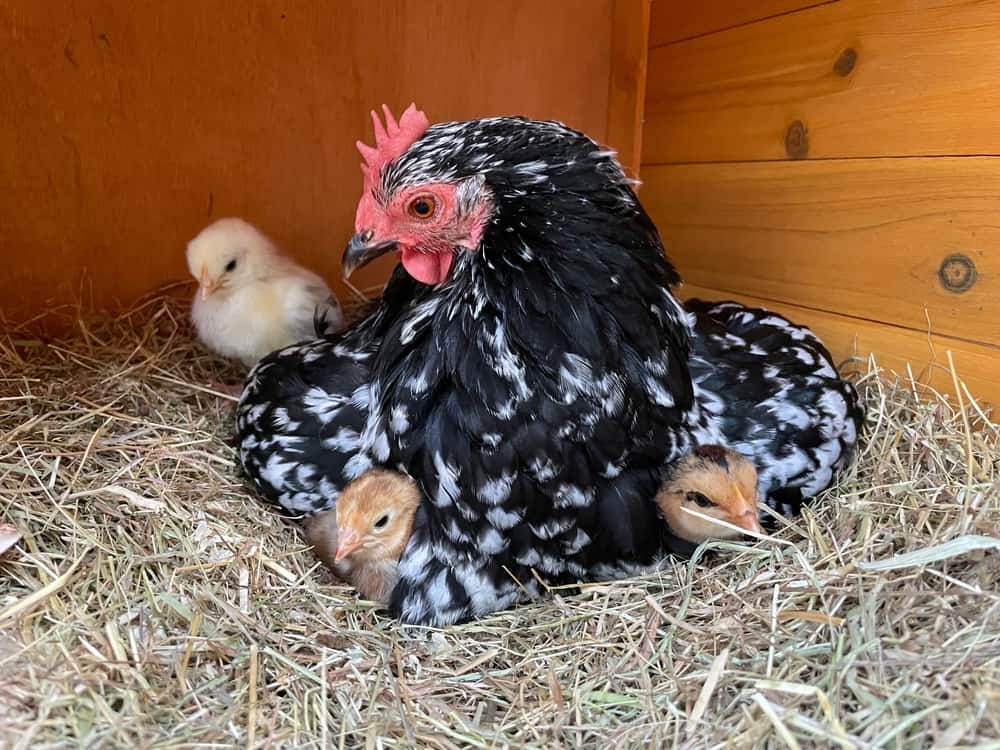Bantam Chickens: Your Go-To Care Guide

Bantam chickens are a delightful addition to any flock, loved for their small size, charming personalities, and variety of beautiful colors and patterns. Whether you're a seasoned poultry keeper or just starting out, bantams can bring great joy and benefits to your backyard. This guide will help you understand bantam chickens, explore the different types, provide essential care tips, and answer some common questions about these miniature marvels.
What is a Bantam Chicken?
Bantam chickens are miniature versions of regular chickens, often about one-quarter to one-half the size of their standard counterparts. They are not just smaller but also come in both true bantam breeds, which have no large counterparts, and miniaturized versions of standard breeds. Despite their small size, bantams have big personalities and can be just as productive and rewarding as larger chickens.
What are the Different Types of Bantam Chickens?
There are many types of bantam chickens, each with unique characteristics and charm. Here are some popular ones:
- Sebright: Sebrights are true bantams, meaning they have no larger counterparts. They are known for their striking laced feathers, which come in silver and gold varieties. Sebrights are friendly and active, making them popular for backyard flocks.
- Silkie: Silkies are famous for their fluffy, silk-like feathers and gentle disposition. They have black skin and bones, five toes on each foot, and come in various colors. Silkies are often kept as pets due to their calm nature and unique appearance.
- Japanese Bantam: Japanese Bantams are tiny chickens with large tails that stand upright. They come in various colors and patterns and are known for their short legs and friendly nature. These birds are ideal for ornamental purposes and small backyards.
- Dutch Bantam: Dutch Bantams are among the smallest bantams, known for their elegant appearance and excellent egg-laying capabilities. They are friendly and easy to handle, making them great for beginners.
- Belgian d'Uccle: Belgian d'Uccles are bearded and booted bantams with a friendly personality. They come in various colors and are known for their feathered feet and unique appearance. These birds are great for show and companionship.
5 Bantam Chicken Care Tips
Caring for bantam chickens is similar to caring for standard chickens, but there are a few specific considerations to keep in mind:
- Housing: Bantams need secure housing to protect them from predators. Their small size makes them more vulnerable, so ensure your coop and run are predator-proof. Provide perches and nesting boxes suitable for their size.
- Feeding: Feed bantams a balanced diet with appropriate-sized feed to ensure they get all the necessary nutrients. Bantams often have smaller beaks, so crumble or smaller-sized pellets are ideal.
- Socializing: Bantams are social birds and enjoy the company of their flock. Ensure they have enough space to interact and establish a pecking order. Monitor their interactions to prevent bullying.
- Health Monitoring: Regularly check your bantams for signs of illness or parasites. Due to their small size, they can become sick quickly if not monitored. Maintain a clean coop and provide fresh water and food daily.
- Weather Protection: Bantams are more sensitive to extreme weather conditions. In colder climates, ensure they have a warm, dry place to roost. In hot weather, provide plenty of shade and cool water.
Common Bantam Chickens FAQ's
What is the Lifespan of a Bantam Chicken?
Bantam chickens typically live between 5 to 7 years, although some can live longer with proper care and a healthy environment.
Do Bantam Chickens Lay a lot of Eggs?
Bantam chickens lay smaller eggs than standard chickens, and their egg production can vary by breed. Some bantams are excellent layers, while others may lay less frequently.
What Kind of Eggs do Bantams Lay?
Bantams lay small eggs, usually about half the size of a standard chicken egg. The color of the eggs can vary depending on the breed, from white to brown and even tinted or blue.
Can Bantam Chickens Live with Regular Chickens?
Yes, bantam chickens can live with regular chickens, but they must ensure they are not bullied due to their smaller size. Providing enough space and monitoring their interactions can help maintain harmony in a mixed flock.
What is the Difference Between Bantam and Standard Chickens?
The primary difference is size, with bantam chickens significantly smaller than standard chickens. Bantams are also more ornamental and often kept as pets or show birds, while standard chickens are commonly raised for meat and larger eggs.
Will Bantam Chickens Fly Away?
Due to their lighter bodies, bantam chickens can fly better than most standard breeds. However, keeping them in a secure, enclosed area is important to prevent them from flying away or getting into trouble.
Why do People like Bantam Chickens?
People love bantam chickens for their small size, friendly personalities, and beautiful variety of colors and patterns. They are perfect for small backyards and can be great pets for families and children.
Bantam chickens, with their diminutive size and vibrant personalities, bring a unique charm to any flock. Whether you're looking to add diversity to your existing flock or start fresh with these delightful birds, understanding their care needs and characteristics will ensure they thrive. For high-quality feed that keeps your bantams healthy and happy, visit Kalmbach Feeds®.
